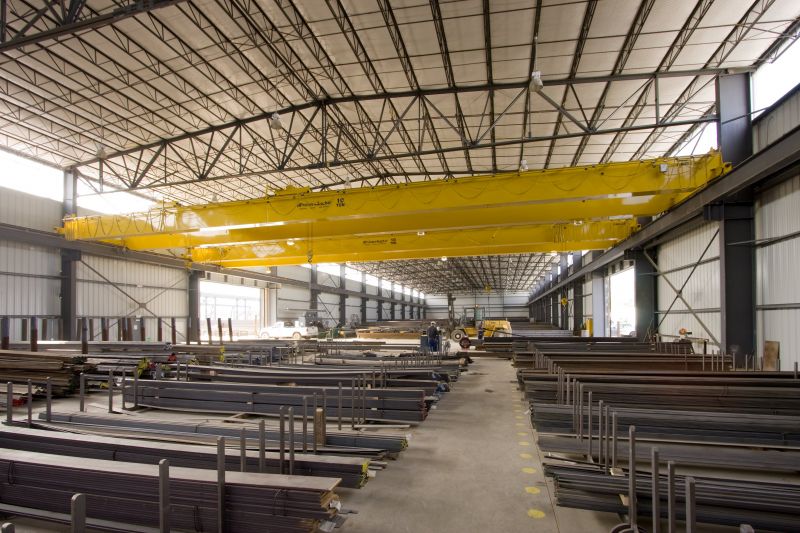Menu


As excess steel capacity was found to be the single phenomenon damaging the interests of the global steel producers during 2014-2017 in terms of lowering the prices and thereby the profitability of the industry, China having accounted for nearly 50% of the estimated surplus steel capacity had to assure the outside world that its commitment to bring down the carbon footprint would entail elimination of some of the polluting units in steel, coal and cement.
Last week we reviewed the commodity prices as they are likely to behave in FY19. The available indications suggest a gradual downward trend in global prices of iron ore, coking coal and scrap from the current level. This sounds good for the steel industry which sees uplift in the demand front. The short-range outlook of WSA forecasts 1.8% growth in global steel consumption in 2018 led by India (5.5%), USA (2.7%), EU (2.5%), Turkey (5.0%), Russia (2.1%) and South Korea (1.0%).
China is also likely to consume similar volume of steel as in 2017. Meanwhile, the World Economic Outlook, brought out by IMF recently, has predicted a reasonably good global GDP growth of 3.9% and this would be fuelled by GDP growth of 7.4% in India, 6.6% in China, 2.4% in EU and 2.9% growth in USA. Japan, a major steel producer is also likely to experience a GDP growth of 1.2% in the current year. Thus higher global economic growth which would also require an investment growth of 11% over last year to take the share of investment as a percentage of global GDP to 26% as per IMF estimates would generate substantial steel demand in varying proportions in different countries depending on the primary focus of Fixed Asset Investment as a percentage of GDP.
The vulnerability of this positive outlook, however, hinges crucially on what is going to happen in China that not only controls nearly 50% of global steel production, is also a major exporter (achieved 16% of global exports in 2017) of steel, dominates the iron ore prices (imported 1075 MT of iron ore in 2017 and would gradually close down the high priced domestic iron ore concentrate producing units). It has also a major influence on global coking coal and coke prices.
As excess steel capacity was found to be the single phenomenon damaging the interests of the global steel producers during 2014-2017 in terms of lowering the prices and thereby the profitability of the industry, China having accounted for nearly 50% of the estimated surplus steel capacity had to assure the outside world that its commitment to bring down the carbon footprint would entail elimination of some of the polluting units in steel, coal and cement. It had set a target of closing down 150MT steel capacity during 2016-20. The record so far is good and it is likely that China would overshoot the target by 2020. For instance, recently the city of Handan in Hebei province announced closure of steel-making capacity. This is in addition to the closure of steel capacity in the city of Tangshan.
In totality, Hebei province has planned to close down steel capacity of 10 MT in 2018, 10 MT in 2019 and another 20 MT in 2020. Earlier, China announced closure of around 50 MT of induction furnace capacity whose pollution record was much below the norm. It is interesting to note that under the compulsion of restructuring the Chinese economy from investment-led to consumption-led promoting, thereby the development of light engineering and high value producing units, China has also started 10 new wide HSM capacities in the past 18 months along with new capacities in CRGO and other special steel categories which are not indigenously available. This pragmatic policy would benefit the Chinese steel industry to face the odd challenges of fluctuating global prices, if any, in the long run.
The implication for the global steel trade arising out of US actions on steel imports under Section 232 of US Trade Expansion Act, 1962 may not be significant as USA has initiated exclusion action with a number of major trading partners. For China, however, the protectionist move by USA may extend to products other than steel and may include Chinese engineering exports. As USA is keen to improve the productivity of its manufacturing sector for job consideration and creating earning opportunities, it may restrict imports of manufactured products from China. The resultant slowdown in Chinese indirect steel exports would imply that indigenous demand for steel in China must grow by a larger extent to compensate the loss of steel market for making exportable engineering items to USA. The inability of the Chinese domestic market to grow to make up the shortfall may prompt China to enhance steel exports and this action may depress the global prices of HRC and other flat products.
Thus, apart from these few unpredictable events, the global market for steel in 2018 is poised for a stable growth for steel industry in terms of a reasonable margin and profitability for the industry sufficient to attract more investment for creation of fresh capacities in the product range where indigenous availability remains a constraint to cater to the emerging requirements of the critical sectors in the economy. This is a most likely scenario for India in FY19 which may take an interesting turn in the second half by the actions of the successful bidders for NCLT referred cases of Essar steel, Bhusan steel, Electrosteel and Monnet Ispat.